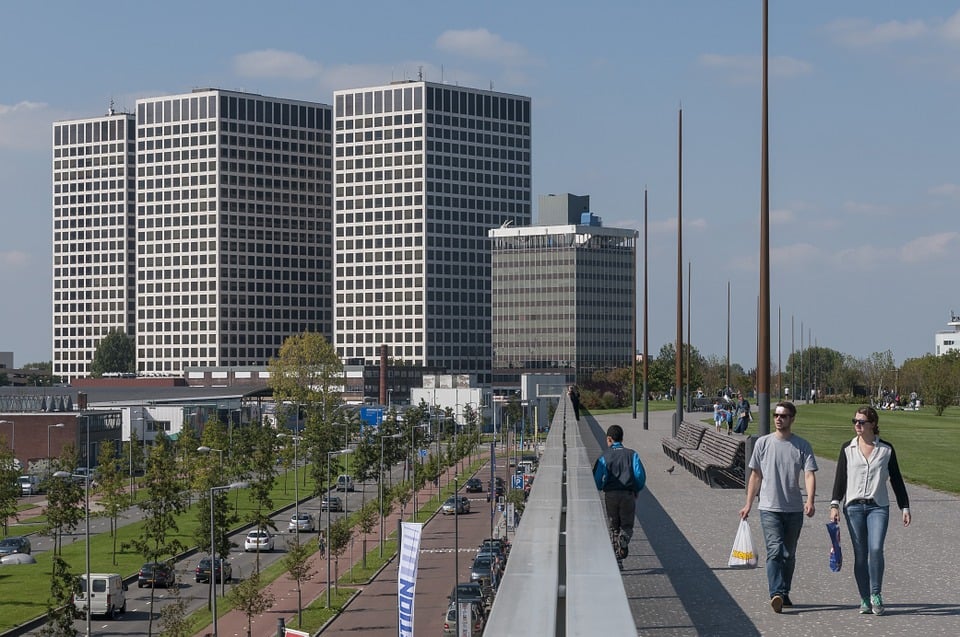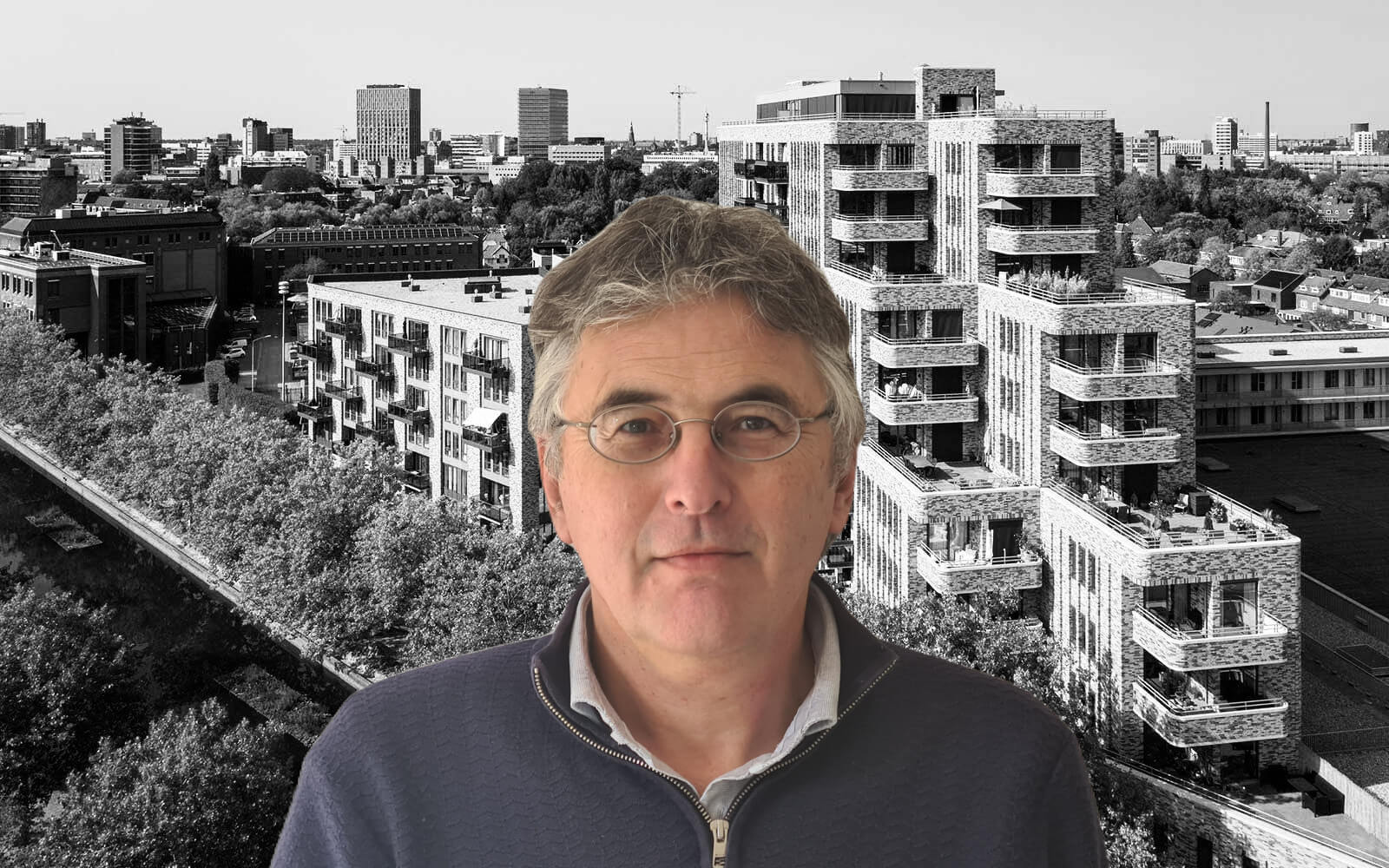
Spectacular green landscapes are appearing more and more often on top of large-scale urban redevelopments. The roof park is an adaptable kind of spatial renovation that capitalizes on the changing climate. This is an excellent way to make the sought-after densification of a city more socially palatable.
It is a way of giving shape to a city other than merely thinking about redevelopment in terms of buildings. The rising popularity of it among urban developers and consumers can be attributed to the fact that multi-purpose land use means that a more intensive program is feasible. This not only gains in charm as a consequence of the mantle of greenery that covers it. Paradoxically, it also has far more to offer than it entails.
A roof park relaxes and de-stresses
As such, spending time in a green environment has a proven potent influence on one’s mood. It relaxes and de-stresses. Our times of corona only underline the mounting need for these kinds of high-quality public spaces designed for urban outdoor living. Moreover, adding substantial greenery to cities cools things down. Shade and condensation lower the perceived temperature during hot summers. Besides this, it is also good for biodiversity.
Free space
Industrial mega-roofs, as in, unused no man’s land of yesteryear, in effect, provide ‘free’ space with plenty of room for all kinds of uses such as sports, games, and entertainment. You can hold meetings there and relax in a congenial residential landscape. They are a wonderful place to look out from, with a panoramic view to boot. All this, as it should be between spectacular or unexpected features. Take a look at the Dakpark Rotterdam with its grazing sheep, educational veggie gardens and as pièce de resistance – a waterfall staircase.
The roof park is a superstructure that effortlessly absorbs both existing and new elements. So much is possible under the hood of this green carpet. Roof parks collectively also have the scale to make a real difference. They form stepping stones analogous to Pope Sixtus V’s strategy of placing obelisks in Rome, aimed at forging links and establishing cohesion in the city by visibly marking future changes in advance.
New typology
Roof parks form an unexpected happy marriage between greenery and buildings, bringing together what for a long time seemed incompatible in urban buildings. A new typology is born. In fact, perhaps we should unlearn the entrenched idea that a city is mainly defined by buildings, and from now on see greenery as the dominant organizational tier.
About this column
In a weekly column, alternately written by Wendy van Ierschot, Eveline van Zeeland, Eugene Franken, Jan Wouters, Katleen Gabriels, Bert Overlack, Mary Fiers, and Hans Helsloot, Innovation Origins tries to find out what the future will look like. These columnists, occasionally supplemented with guest bloggers, are all working in their own way on solutions for the problems of our time. So tomorrow will be good. Here are all the previous columns in this series.

